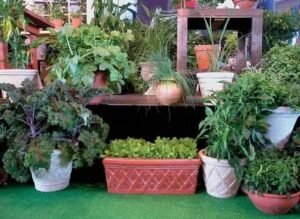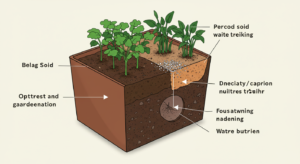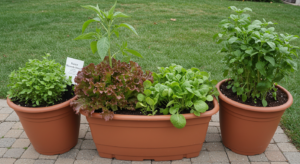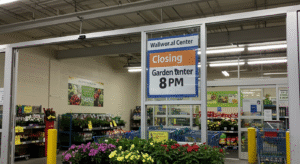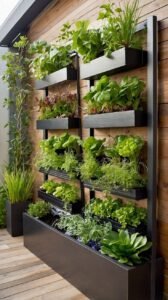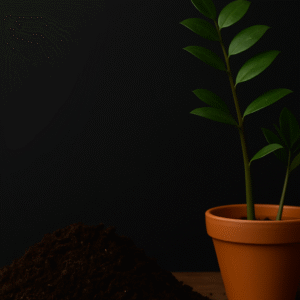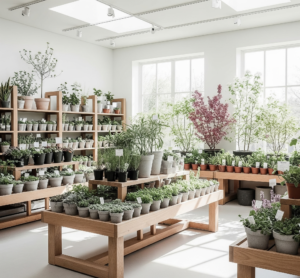Container Gardening With Native Plants
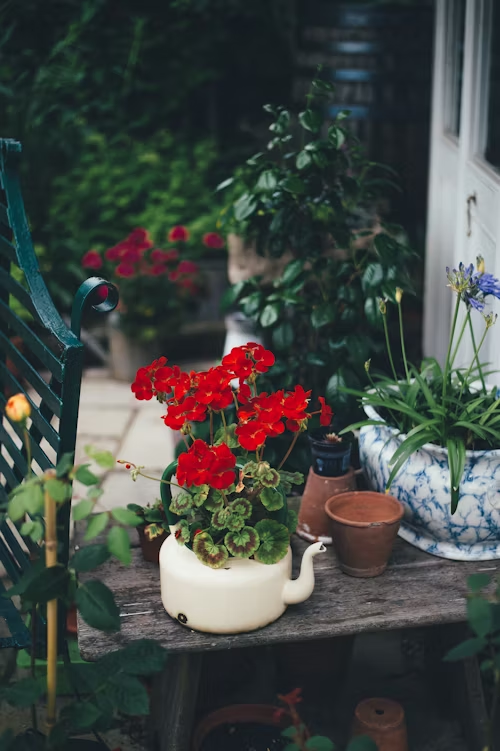
container garden
Container gardening with Indigenous plants is more than just an activity; it is water-wise and practical for growing plants in restricted spaces. Whether you have a tiny balcony, a snuggly compact backyard, or wish to add more indigenous greenery, growing these plants in containers presents many benefits.
They are evolved to survive and thrive in the local region with little attention needs because everything is taken care of. Unlike exotic varieties, they do not wither with little irrigation or chemical fertilizers. In this article, we look at the benefits of growing plants in containers alongside planning, choosing suitable specialist species, and offering advanced design, care, and some common challenges that are bound to arise.
Why Pick Native Plants for Container Gardening
Picking native plants for container gardening makes life easier for gardeners, regardless of their experience level. These plants have developed over time, adapting to specific regions, and are reasonably hardy to extreme weather conditions, local pests, and soil types. Because of their weather conditions, these plants do not require regular watering, fertilizers, and pesticides, making them easier to maintain. Gardeners looking to simplify their tasks while being responsible will undoubtedly appreciate the biodiversity benefits.
Native plants shelter pollinators like bees, butterflies, and hummingbirds, allowing even bustling urban areas to partake in a thriving mini-ecosystem. Unlike non-native plants that often turn invasive and wreak havoc on local ecosystems, native plants peacefully coexist with other species. Further, these plants’ natural ability to resist challenging diseases and adapt to local conditions makes them a financially savvy choice for sustainable container gardening.
Selecting the Correct Native Plants for Your Area
Finding native plants for container gardening starts with knowing the area’s hardiness zones and climate conditions. Each region has certain plants that can be grown with minimal effort, making them ideal for containers. Pollinator-friendly native wildflowers such as Black-eyed Susan, coneflower, and milkweed are excellent examples. Drought-tolerant succulents and grasses such as little bluestem and prairie dropseed are also suitable in drier climates.
Salt-tolerant coastal species such as seaside goldenrod and beach aster do well in coastal areas, while ferns, native violets, and trilliums do well in woodlands. Gardeners must also account for the plant’s size and growth habits during seasonal changes for long-term success. Local native plant nurseries and regional gardening guides can help determine appropriate species for specific climates and container environments.
Best Containers & Soil Mix for Native Plants
Choosing the proper containers is an essential aspect of successful gardening. While plastic pots are lightweight and easy to use, ceramic and terracotta ones are more breathable, facilitating proper drainage and healthy root growth. For some plants that prefer sustained moisture, self-watering pots may be helpful, too, but adequate drainage is still crucial.
Herbs and other native plants will deeply flourish if they are provided with soil that matches their natural conditions as closely as possible. Depending on the species, some do best in sandy, well-draining soils and thrive in loamy or clay-rich mixes. Store-bought potting soil can be enhanced with compost, perlite, or even Indigenous soil from the garden to ensure that structure and nutrients are sufficient for containerized plants to thrive..
Proper Care of Containers with Native Plants
Container gardening with native plants requires some care but is not overly complex. Each species has unique watering requirements; for example, moisture-loving species need more regular watering, while drought-tolerant species only need deep watering. Some changes are required for seasonal care since some plants will go dormant and need reduced watering, while others may need mulch to help retain warmth.
Another significant aspect is pruning to help aid in plant growth, dead material removal, and flowering encouragement. Because of Native Plant Adaptation, soil-native plants have access to usual areas that already have soil that do not need fertilizing. However, some organic compost, natural amendments, or other fertilizers are sometimes required.
Creating And Planning A Native Plant Container
To create visually pleasing plant native gardens, focusing on textural elements while adding a splash of color and ecological sophistication is essential. Varying plant heights and their foliage structures enhance the arrangement’s depth, dimension, and overall effect. Native grasses serve as elegant perennial backdrops and flowering perennials add seasonal bursts of color.
Incorporating shrubs and vertical climbers in regions with limited space can create a balanced ecosystem. Container pollinator gardens can be made by strategically grouping flowers to provide ample nectar. Blooming through the seasons adds to the charm. Using stones such as mulch, driftwood, or rustic planters enhances the garden’s overall look.
Some Tips and Hurdles
Native plants placed in a container tend to be more resilient. However, they still face some challenges. Problems can arise when unwanted pests invade an area, but balanced ecosystems filled with ladybugs or the application of neem oil help. Overwatering and other issues caused by insufficient drainage may lead to root rot.
Well-draining soil and pots with sufficient drainage holes should be used to prevent moisture from building up. Plants require seasonal modifications as well. Additional winter protection or summer shade can be needed. These challenges and proper approaches guarantee a healthy native plant garden throughout the year.
Conclusion
Native plant-centered container gardening is not just about cultivating greenery; it’s about supporting the local ecosystem and being part of a larger community. Whether you’re selecting regionally suitable species, using appropriate containers and soil, or considering maintenance care, you’re contributing to a vibrant and sustainable garden. Joining community gardening groups, exploring local native plant nurseries, or trying out different plant combinations can enhance your appreciation of the native flora and connect you with like-minded individuals. From a single potted wildflower to a full-fledged container garden, using native plants enhances environmental responsibility and encourages proactive eco-stewardship. Have you tried container gardening with natives? Share your experience in the comments below, and let’s continue the discussion!
